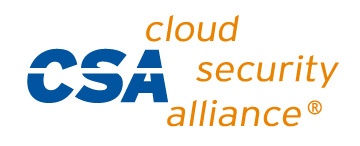
How to Manage Absences of Remote Employees
Telecommuting or remote work is becoming a norm today because of its various benefits. Aside from increased productivity, it also reduces costs for the company and the employees. The company does not have to rent an office building or spend on equipment. On the part of the employees, working from home cuts the time and money they spend when traveling. Lastly, telecommuting boosts morale and reduces turnover. In a remote work setup, employees do not feel as restricted as they would otherwise feel in a traditional office. However, not every company can offer this practical work arrangement. Companies that are looking to implement telecommuting should have: Once you have determined that your company is fit to offer remote work, you still have to make sure that remote employees are managed properly including their absences. Here are ways to maintain control over employee absences: Clearly define your policy. Explain what is expected of remote employees in terms of output and performance. Emphasize that though they are not in the office, they should be available during your agreed hours just like an office-based employee and that they should be responsible for filing leave on your absence management tool. Monitor your staff coverage for the day by letting them check in via chat, phone, or email before they start work. You might also need to establish a way for your employees to record whatever work they have completed on a daily basis. Establish a culture of inclusivity. Make remote employees feel that they are still part of the team despite the distance which means that their absence can affect the team’s performance. If there’s a pattern of absenteeism among certain employees, the manager should apply some intervention steps. If someone needs to be away on a certain day, swapping schedules with someone who’s willing to substitute can be an option. There should be clear guidelines about this workaround, so arranging the schedule for that day can be a breeze. Invest in technology. There are available absence management solutions like e-days that can make absence management easier for the HR team and the employees. Some of the most important features it should have are online booking, email authorization, shared calendars, and individual records.

It’s also important for HR to nurture a friendly, cooperative relationship among teams. One possible idea is to welcome new employees on board via video conferencing so that the team can put a face to someone’s name.
Keep communication lines open. Everybody must know the working hours, contact details, and availability of the remote employees so they can be reached. They should also be responsible for informing others who might be affected by their absence.
Derek leads the Marketing Communications initiatives at Phenom People. He engages with Phenom customers to spotlight their stories in the media.
Get the latest talent experience insights delivered to your inbox.
Sign up to the Phenom email list for weekly updates!









